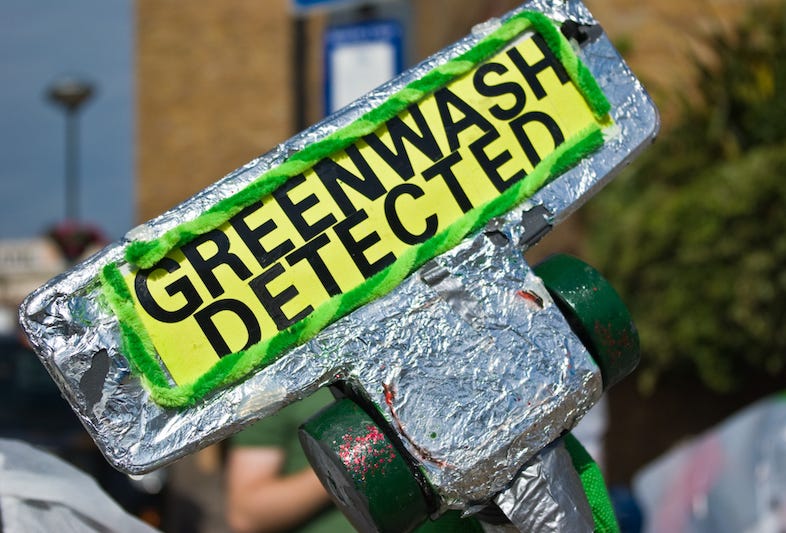Net-zero is not enough. What is?
Reporting from COP, Nina Hanna argues that recourse to ‘net-zero’ might be doing more harm than good – and offers an alternative way to think about climate goals.
At COP26, the ongoing UN Climate Summit in Glasgow, countries have dutifully presented net-zero pledges. This is, famously, their last chance to prevent the worst effects of climate change. And net-zero has fast become the standard to which all climate planning is held.
However, even a surface-level analysis of this term reveals that it may not necessitate climate action – but rather climate experimentation, and even distraction.
Net-zero combines the calculation of urgently-needed ‘reductions in emissions’ with the calculation of ‘negative emissions’ – meaning: the amount of carbon drawn down by, for example, tree planting or soil management. It first entered the UN climate negotiation space as a method in around 2001 – when the USA proposed it should be permitted excess emissions due to its vast, natural carbon sinks.
COP26 promises rely heavily on the buffer net-zero provides – in allowing pollution to continue, with assurance it will be mitigated via carbon offsets in a simple zero-sum game.
Climate scientists are sounding the alarm, as this game is high-risk. James Dyke, Senior Lecturer in Global Systems at the University of Exeter, has described it as a ‘burn now, pay later approach’ – one that allows ‘emissions to soar’.
Several of the carbon offset technologies written into ‘net zero’ pledges are unproven and unscalable. One example is BioEnergy with Carbon Capture and Storage (BECCS). Theoretically, this works by burning biomass – such as trees – for energy, and then deploying unproven carbon capture methods to push carbon deep into the earth’s geology.

Regardless of whether the BECCS process works, enforcing it at scale would require more land space and underground storage than is available. Offsetting the pollution of all the countries and corporations relying on it would, it is predicted, take several times the capacity of our planet.
Environmental activists and indigenous groups are already warning the push for BECCS may result in land grabs and displacements.
The problem with the logic of carbon offsetting, upon which net-zero relies, is that it sees planetary resources and landscapes in infinite, unshared terms. This is the very logic that has led to environmental breakdown.
By framing net-zero as the goal to be worked towards, policy-makers are degrading our expectations of what is possible – while lowering the standard of action being taken. The solution to this is for the environmental movement to interrogate net-zero promises, ensuring they are only policy stepping-stones. We then need to demand decarbonisation for real zero.
Nature-based carbon drawdown methods can replace the ideology of carbon offsets. These ought to come in the form of ecosystem restoration, rewilding, and the protection of the essential carbon sinks that do remain and the land stewarded by indigenous people. 30% of our planet, after all, remains as wilderness.
Nature protection is the solution to nature exploitation - which is what net-zero pledges are unfortunately proposing.
Nina Hanna is a press assistant for the COP26 Coalition.




